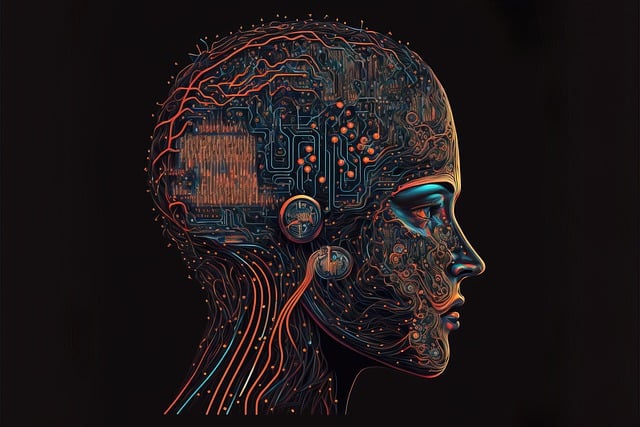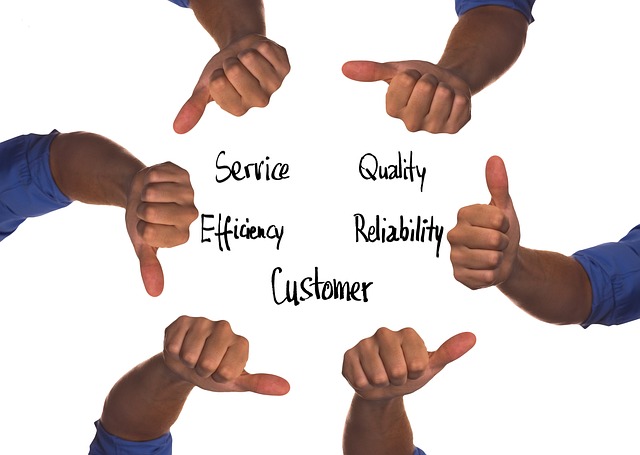In today's digital era, email overload impacts productivity and mental health. Smart entity solutions, leveraging AI and machine learning, provide crucial support in organizing, prioritizing, and responding to emails efficiently. These entities learn from user interactions, categorize messages, predict priorities, and streamline workflows, fostering a healthier work-life balance. They offer personalized assistance that adapts to individual needs, enhancing productivity and reducing mental overhead.
In today’s digital age, managing emails and messages has become a daunting task, leading to email overload. This article explores how smart entities can revolutionize communication management, offering personalized support for improved productivity. We delve into the impact of email overload, the role of artificial intelligence in organization, key features for efficient message handling, and strategies for enhancing communication effectiveness. By integrating AI, smart entities provide contextual insights, ensuring users stay on top of their correspondence.
- Understanding Email Overload and Its Impact
- The Role of Smart Entities in Organization
- Features for Efficient Message Management
- Personalized Support for User Productivity
- Integrating AI for Contextual Insights
- Strategies for Effective Communication
Understanding Email Overload and Its Impact

In today’s digital age, email has become an indispensable tool for communication, both personal and professional. However, this very convenience often leads to email overload—a deluge of messages that can feel overwhelming and distracting. This issue is exacerbated by the fact that not all emails are created equal; while some require immediate attention, others can be efficiently processed later. Without proper management, email overload can significantly impact productivity, mental health, and overall well-being. Employees often struggle to keep up with their inboxes, leading to increased stress levels and decreased efficiency.
To mitigate these challenges, smart entity solutions for managing emails and messages are gaining traction. These innovative tools leverage artificial intelligence and machine learning algorithms to support users in organizing, prioritizing, and responding to communications more effectively. By automatically categorizing and sorting emails, suggesting relevant actions, and even predicting priorities, these entities offer a much-needed lifeline against the constant barrage of digital communication. Such support not only streamlines workflows but also promotes a healthier work-life balance.
The Role of Smart Entities in Organization

Smart entities play a pivotal role in revolutionizing email and message management, offering advanced support for users overwhelmed by digital clutter. These intelligent systems go beyond traditional organization methods by learning from user interactions and behaviors, automatically categorizing messages based on content, context, and sender. This personalized approach ensures that important communications are not buried beneath a sea of unimportant ones.
By leveraging machine learning algorithms, smart entities provide dynamic and adaptive solutions, continually refining their categorization schemes to match evolving user needs. They serve as personal assistants, anticipating users’ requirements and streamlining their digital workflow. Whether it’s prioritizing high-priority emails, consolidating similar messages, or providing contextual reminders, these entities enhance productivity by saving users time and mental effort.
Features for Efficient Message Management

In today’s digital age, efficient message management is paramount. A smart entity designed for this purpose should offer robust features that streamline and organize communication. Key among these are advanced search capabilities, allowing users to quickly find specific emails or messages within a vast archive. Intelligent tagging and categorization systems, powered by AI, can automatically sort incoming messages based on content, sender, or context, making it easy to stay on top of different conversations.
Additionally, robust support for multiple message platforms is essential. The smart entity should seamlessly integrate with popular email clients, messaging apps, and social media platforms, ensuring users have a unified view of their communications. Real-time updates and notifications ensure that no important message goes unnoticed, while collaborative features enable efficient teamwork and shared access to important conversations.
Personalized Support for User Productivity

In today’s digital age, managing emails and messages effectively is crucial for maintaining productivity and efficiency. A smart entity for handling these communications offers personalized support that adapts to individual user needs. By learning user preferences and behaviors, advanced algorithms can prioritize and organize incoming messages, ensuring important correspondence gets the attention it deserves. This level of tailored assistance allows users to focus on their tasks without the constant distraction of sorting through a deluge of digital communication.
The support extends beyond mere organization. Smart entities can also provide context-aware suggestions, such as reminding users of pending tasks related to specific emails or messages. This proactive approach enhances productivity by streamlining workflows and reducing the mental overhead of remembering multiple details. Ultimately, personalized support fosters a more seamless and efficient user experience, empowering individuals to navigate their digital inboxes with greater control and less stress.
Integrating AI for Contextual Insights

Integrating AI into email and messaging management systems offers a powerful way to provide users with contextual insights. These intelligent assistants can analyze vast volumes of data, including previous interactions, sender information, and content themes, to anticipate user needs. For instance, an AI-powered system could automatically categorize emails, prioritize important messages, or even draft responses based on user preferences and historical behavior.
This level of personalization enhances the user experience by supporting individuals in managing their communication more efficiently. By learning from each interaction, AI can adapt to individual workstyles and preferences, ensuring that users stay organized and focused. This technology promises to revolutionize email management, making it a seamless and intuitive part of daily communication.
Strategies for Effective Communication

Effective communication is a cornerstone of successful email and message management. One key strategy involves organizing messages into clear, structured categories or labels to streamline sorting and retrieval. This system ensures that important emails are not buried and supports quick access to relevant conversations, enhancing productivity and reducing stress.
Additionally, prioritizing responses based on urgency and importance is crucial. Utilizing tools that highlight urgent messages or allow for rapid reply can significantly improve efficiency. Regularly reviewing and clearing out old, irrelevant communications also plays a vital role in maintaining a tidy and supportive digital environment where users can focus on current tasks without being overwhelmed by historical data.






